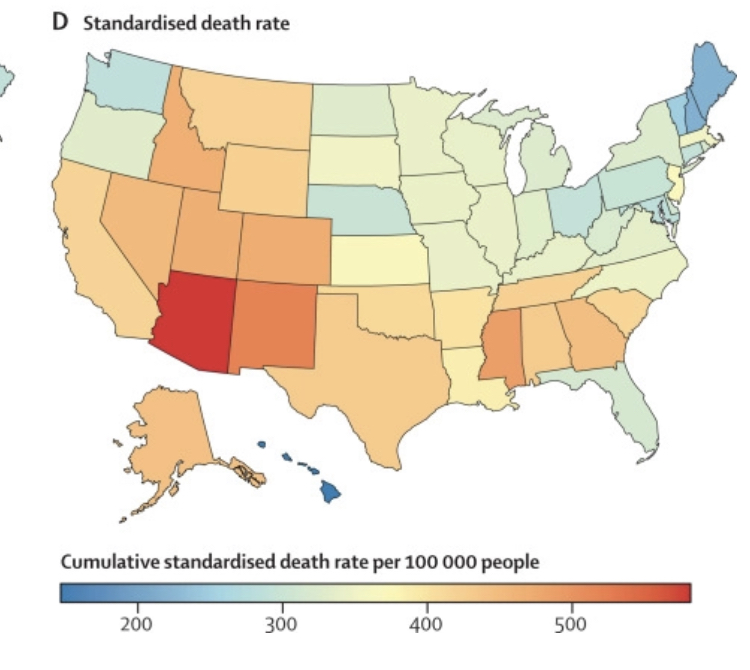April is often sneaky season for bills – when legislators bring out their ammunition for things they’ve wanted to get done but knew they would go down in flames if they expose the bill too fast or they try to resurrect earlier bad bills and propose them again – but under a deceptive name.
Those are called Strike All Amendments – AKA Striker Bills. A doozie came out of the woodwork this week called HB2545 from Jake Hoffman (Senate). The label on that bill says “Legislators; Unpaid leave of absence”. Sounds boring and unrelated to public health, right?
Wrong.
Despite its fake name, the bill would limit Governors to declaring a public health emergency for only 7 days. To extend the public health emergency declaration, the governor would need to get a supermajority of the legislature (2/3) to extend it – and then only in one-week increments. Each week after that the Governor would need to get another 1-week extension!
Ridiculous, I know. There are other ridiculous limitations in there too: HB2545 Striker Memo. Why doesn’t he just run a bill to get rid of all public health emergency authority?
This striker bill naturally cleared Hoffman’s Senate Government Committee yesterday. It still needs to pass the full Senate and then succeed in a House committee and then pass the House. If it made it that far, it would meet a sure veto stamp.
Because of the certain veto, the bill really doesn’t post a public health threat. It looks a lot more like a vehicle for Senator Hoffman to build his brand.
UPDATE: HB2545 is up for a final floor vote in the Senate on Tuesday, April 10. Because it’s a strike all amendment it’ll still need to pass the House before it would get to the Governor’s desk – where it would face a certain veto,







